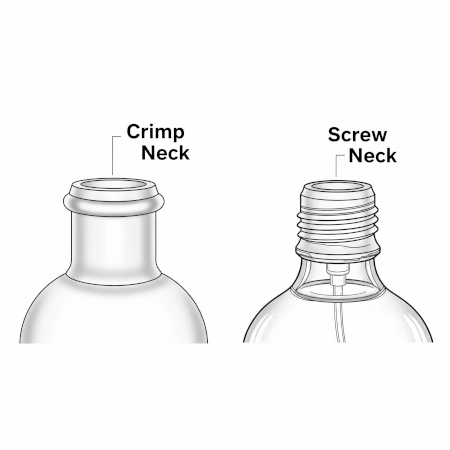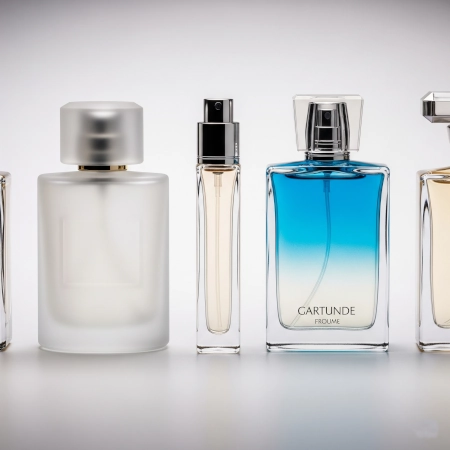The Language of a Perfume Bottle: An Industry Insight into Capacity, Finish, and Feel
Introduction
In the fragrance industry, a bottle is far more than a simple container. It is the beginning of a brand's story, the consumer's first physical touchpoint with a product, and a science that merges design aesthetics, user experience, and precision engineering. A well-chosen perfume bottle silently communicates a brand's positioning and value. Today, we will take a deep dive into the core elements that constitute a perfume bottle, revealing the industry logic hidden within these details.
Choosing Your Capacity: Sizing for Strategy
Selecting a bottle's capacity is the first step in a brand's strategy, as different volumes correspond directly to different consumer scenarios and price points. Smaller capacities like 15ml or 30ml are ideal for travel editions, while 50ml serves as the market standard. For loyal followers, a 100ml bottle offers the best value and represents a brand's signature offering.
The Critical Detail: Understanding the Neck Finish
The neck finish is the core functional component of a perfume bottle, primarily available in two types. The choice directly reflects a brand’s positioning—whether it’s a single-use, factory-sealed luxury item or a versatile, reusable product.

The Crimp Neck requires a special tool to permanently affix the atomizer, creating a tamper-evident seal that prevents evaporation and protects the fragrance's integrity. In contrast, the Screw Neck features threads, allowing a cap to be twisted on and off repeatedly, making it perfect for refillable products.
The Feel of Quality
The bottle weight is an often-overlooked yet crucial parameter that directly impacts the consumer's perception of value. A heavier glass bottle typically signifies thicker walls and a more substantial base, conveying a feeling of luxury and durability. For instance, a 30ml bottle might come in a standard 85g version or a more substantial 100g premium version, offering distinct tiers of luxury.
Beyond the Glass: The Art of Customization
A basic glass bottle is just the beginning. Through a variety of secondary processes, a brand can give its packaging a unique personality to match its scent profile and brand identity.

A Frosted Finish creates a soft, elegant, non-reflective texture, while Color Spraying—whether an opaque solid, a gradient, or a translucent tint—allows the bottle to perfectly match a fragrance's notes or a brand's primary color palette.
Conclusion
From the strategic layout of capacities to the functional choice of a neck finish and the perceived quality of the bottle's weight, every parameter is part of a language spoken between the brand and the consumer. Choosing the right perfume bottle is not just about protecting the fragrance within; it is the ultimate expression of a brand's philosophy and value. In an industry where details define success, understanding the language of a perfume bottle is essential.




Comments
No comment at this time!
Leave your comment